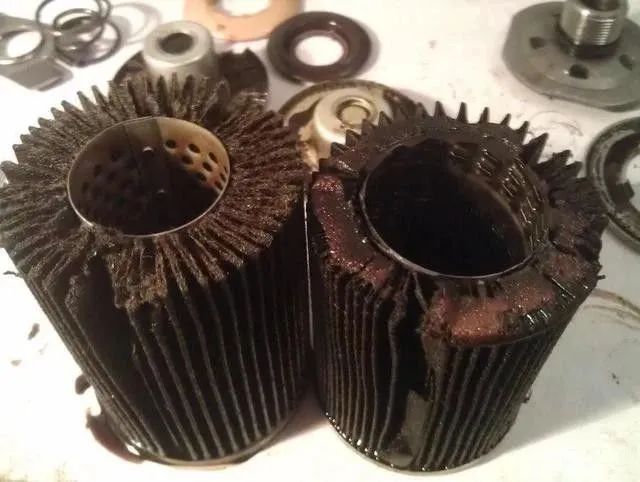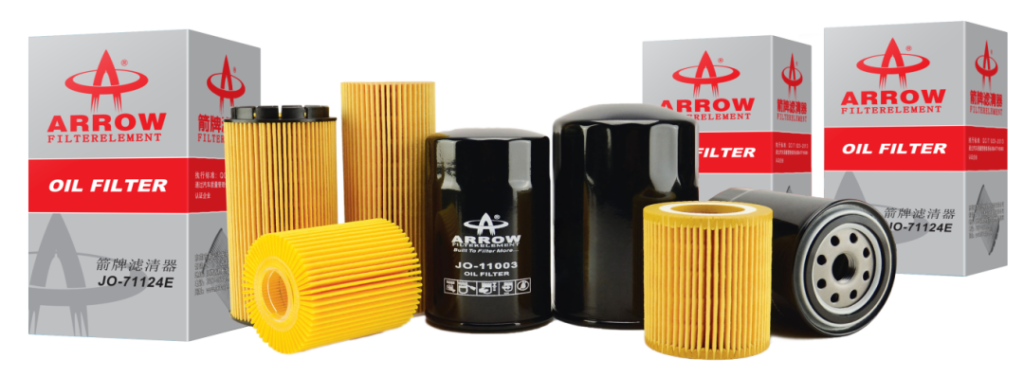You’ve probably heard the myth: “If an oil filter doesn’t leak, it’s good enough.” Let’s be clear—that’s like saying a seatbelt only needs to “stay buckled” to save your life. Sure, not leaking is important, but a great oil filter does far more. It’s your engine’s silent guardian, working tirelessly to trap harmful contaminants and keep your oil clean. Let’s dive into what really matters when picking one.
The Heart of the Filter: It’s All About the Media
The magic happens in the filter media—the layered material inside the filter. This isn’t just “paper”; it’s a precision-engineered trap designed to balance three critical jobs:
1. Capture microscopic junk (dirt, metal particles, carbon buildup).
2. Let oil flow smoothly without restricting your engine.
3. Hold as much gunk as possible before needing replacement.
Cheap filters cut corners here. They might look similar on the outside, but their media is often flimsy, clogging quickly or letting dangerous particles slip through. Here’s how to spot the difference:
1. Fiber Quality Matters
Imagine building a security net:
– Thinner, densely packed fibers catch smaller particles (think of a fine-mesh sieve).
– But too tight, and oil struggles to flow, starving your engine.
– Premium filters use layered designs—a looser outer layer for high flow and a dense inner layer for ultra-fine filtration.
2. The “Breathability” Factor (Porosity)
Porosity measures how much space exists between fibers. High porosity means:
– Oil flows freely (no sluggishness).
– The filter can trap more dirt before clogging.
Low-quality media clogs fast, forcing your engine to recirculate dirty oil or bypass the filter entirely.
3. Strength Under Pressure
Oil filters face constant pressure surges. Weak media can tear, spilling trapped debris back into your engine. Quality filters use:
– Reinforced synthetic blends or resin-treated cellulose to resist bursting.
– Sturdy pleating to prevent collapse under stress.
Hidden Flaws That Can Sabotage Your Engine
Even the best media can’t save a poorly built filter. Watch out for these red flags:
– Flimsy Anti-Drainback Valves: A cheap rubber flap lets oil drain out overnight. Result? Dry starts that wear down bearings and camshafts.
– Unreliable Bypass Valves: If stuck closed, dirty oil bypasses the filter. If stuck open, unfiltered oil flows freely. Both scenarios spell trouble.
– Rust-Prone Housings: Thin metal or poor coatings lead to corrosion, leaks, and catastrophic failure.
– Brittle Seals: Over time, cheap rubber gaskets crack, causing leaks that go unnoticed until it’s too late.
Why Brand Reputation Matters
Trusted brands like Arrow Filter, Mann-Filter, WIX, or OEM filters invest in rigorous testing to ensure their products:
– Meet exact flow rate and filtration efficiency standards.
– Use corrosion-resistant materials for harsh conditions.
– Include precision-engineered valves that function reliably.
Cheap no-name filters? They’re a gamble. Many skip critical testing phases to cut costs, putting your engine at risk.
The Bottom Line
An oil filter’s job isn’t just to “not leak.” It’s to act as your engine’s first line of defense against wear, heat, and premature failure. Don’t let a $10 part shorten the life of a $5,000 engine.
Pro Tip: Always cross-check your vehicle manual for specifications like size, thread type, and pressure ratings. And if a deal seems too good to be true—it probably is.
*(Fun fact: A high-quality filter can trap particles as small as 20 microns—smaller than a human hair!)*




